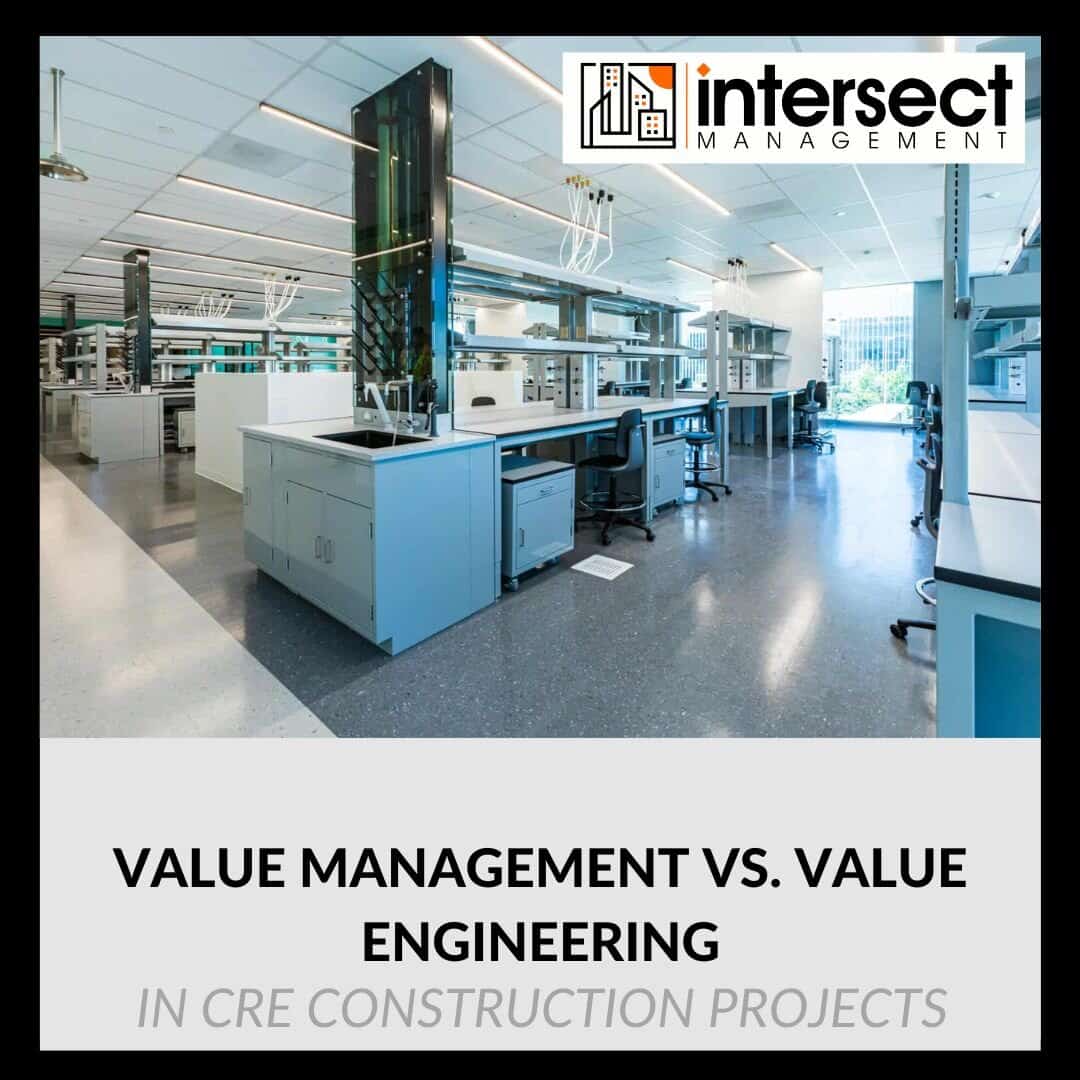In high-stakes environments such as healthcare, life sciences, mission critical facilities, or advanced manufacturing, managing a budget is not just about cutting costs. It is about ensuring performance, compliance, and reliable delivery in buildings where failure is not an option.
Too often, project teams lean on Value Engineering (VE) as a late-stage fix. But in complex commercial real estate (CRE), VE can feel more like a blunt instrument than a solution, undermining the very systems, redundancies, and safeguards these facilities depend on. That is where Value Management (VM) shows its true worth.
Value Engineering: A Risky Shortcut
VE typically shows up when a project is already over budget and out of time. It is reactive, often fueled by cost overruns or scope creep. In technical buildings, “value engineering” can mean stripping out infrastructure, deferring commissioning, or compromising on code-driven systems. Those shortcuts introduce risk, limit long-term value, and erode trust with stakeholders.
In practice, VE often:
-
Reduces costs, but at the expense of performance or compliance
-
Disrupts integrated systems and long-term operability
-
Highlights a gap between design intent and budget reality
In sectors like healthcare or mission critical operations, VE can jeopardize uptime, patient safety, or GMP certification. That is not value, that is exposure.
Value Management: Strategic Alignment from Day One
VM is a different mindset. It is proactive, not reactive, and it is a structured process that integrates cost, function, and stakeholder priorities right from the start. Instead of cutting scope, VM defines value collaboratively and designs to it.
VM supports approaches like Target Value Design and progressive delivery, while encouraging transparent trade-offs that preserve technical integrity.
Specifically, VM:
-
Brings stakeholders in early to align performance and compliance priorities
-
Keeps the budget tied to mission-critical outcomes, not just aesthetics
-
Enables modular, prefabricated, or phased strategies to control cost and schedule
The result: teams co-create solutions that meet budget targets without compromising essential objectives like cleanroom standards, OSHPD requirements, or 24/7 uptime. VM is especially effective in owner’s rep-led delivery models, where trust, transparency, and technical rigor are non-negotiable.
Why This Matters in Complex CRE
In technical CRE, every decision has ripple effects for commissioning, regulatory approval, and long-term operations. VM ensures cost containment happens through smart design choices, not last-minute compromises.
Put simply:
-
Value Engineering is a scalpel.
-
Value Management is a compass.
For projects where performance and compliance are paramount, VM is not just a “nice to have,” it is indispensable. At Intersect, we aim to give our clients the greatest possible return on their investment, which means proactively managing value, not engineering it out. Our team provides Value Management services to help owners, developers, and stakeholders align budgets with mission-critical outcomes, protect compliance, and deliver facilities built for lasting performance.
-By Mike Barbera


